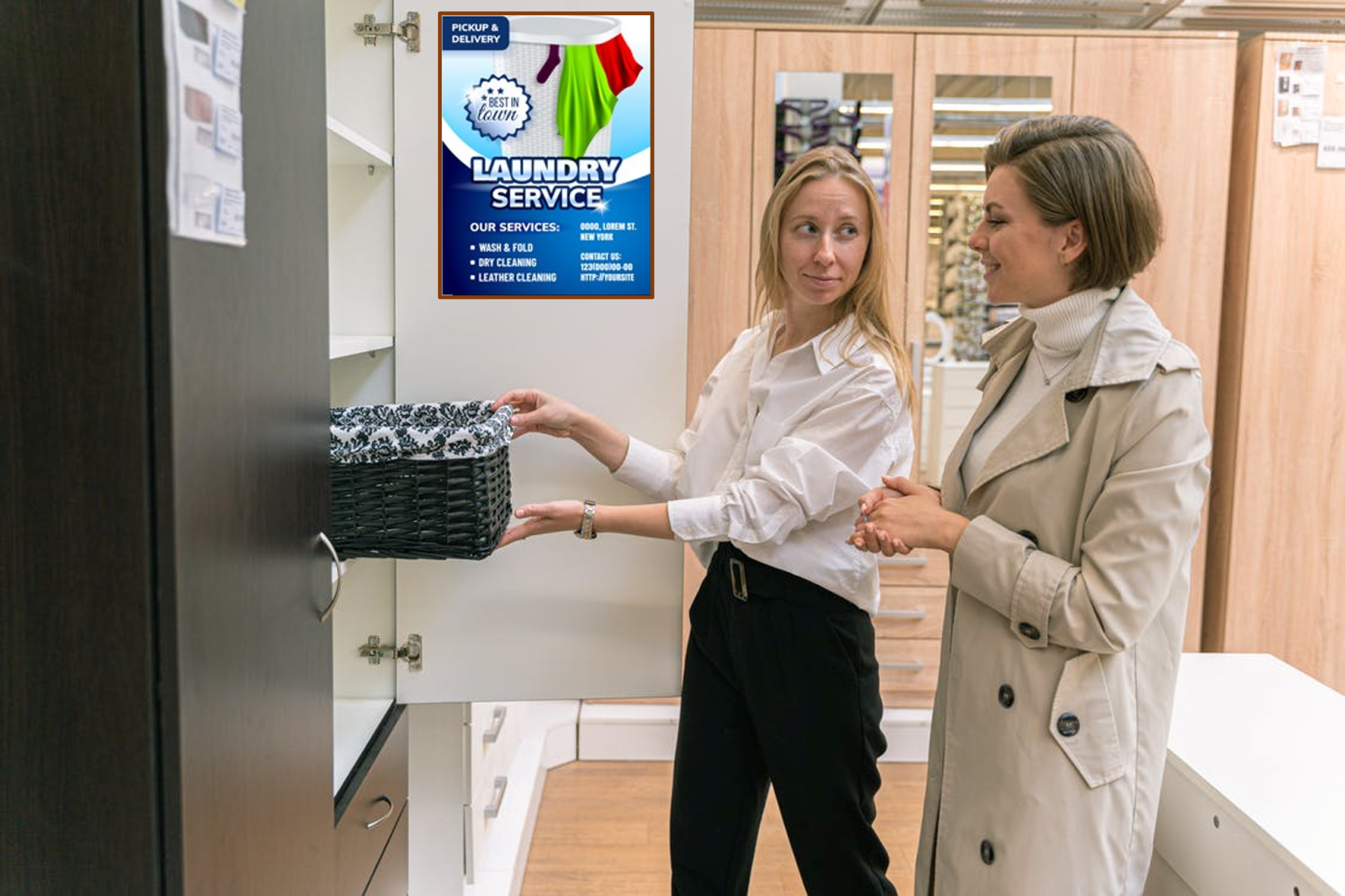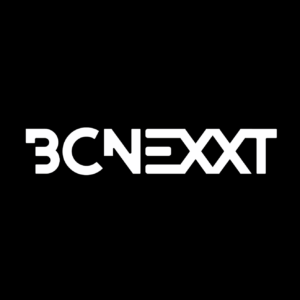2021 was a year of massive growth for connected TV-led programming. The streaming momentum scaled exponentially while undergoing rapid transformations. Subscription-based streaming – once the mecca of premium content – made way for ad-supported models with their offer of easy, lean-back viewing. The result was an explosive growth in content monetization opportunities on CTV-led Free Ad-Supported Streaming TV (FAST). In 2021, CTV ad spend grew by 34%, totaling $5.4 billion for the year.
FAST: a buffet of opportunities, sprinkled with challenges
The FAST space continues to be an attractive revenue model for content creators and advertisers alike. While digital channels and traditional linear TV have offered distinctly different value propositions to content brands and advertisers so far – more users on digital, more brand awareness on traditional linear TV – CTV-led FAST has combined the two.
However, the biggest appeal of FAST is the promise of a lower ad load. Different FAST providers have set varied limits for the ad breaks in their content streaming. Peacock has opted for a 5-minute ad break per hour, while other content brands like Discovery+ and HBO Max have set the limit at 4 minutes. Rukuten’s FAST platform, Rakuten Viki, has opted for the lightest ad load so far – a mere 2 minutes per hour.
The low ad load, while immensely appealing to consumers, poses a few challenges for content creators hoping to maximize their ad revenue opportunities. Ad solution providers have realized that navigating the ad load conundrum requires some amount of ingenuity on their part. The need of the hour are advertising formats that are unobtrusive for the viewer, while offering creative solutions to content brands for hitting their revenue goals. Technology providers like Amagi are way ahead of the curve, with new, innovative solutions crafted for this very purpose, such as dynamic brand insertions, graphic overlays and contextual ads.
New innovations to navigate the ad load dilemma
Amagi collaborates with leading video data platform, IRIS.TV and in-stream ad solutions provider, Triple Lift, to help content owners scale their programmatic ad revenues. A closer look at how some of the new ad formats achieve that purpose –
 Dynamic Brand Insertions
Dynamic Brand Insertions
Increasing consumer engagement, while preserving the viewing experience
Dynamic Brand Insertions (DBI), also known as native advertising, embedded advertising or in-content advertising, is a cross-platform, targeted, audience-based video advertising system. With DBI, advertising messages can be streamed right into the video content that audiences are watching.
Ad creatives can be streamed into places where real world objects – billboards, bus stops, and so on – are present or inserted into the video output during post production.
DBI offers two distinct advantages to content owners: 1) it enables targeted deliveries of relevant ads to consumers, increasing the likelihood of consumers taking an action on the ad displayed, and 2) it facilitates a seamless viewing experience for the end user, without any unwelcome or long ad breaks.
 Graphic Overlays
Graphic Overlays
Garnering more eyeballs at a lower cost
Graphics overlay ads, a popular concept in traditional TV and digital media, is now making its way into OTT and FAST. Graphics overlay is a one-of-a-kind technology offering that helps overlay contextual ads as lower third banner ads on CTV-based linear channels, intuitively based on the video content.
The benefits of in-video overlays are abundant. When compared to traditional TV commercials, graphic overlays are more affordable and easily interchangeable. Content owners can also offer up more inventory to advertisers that significantly increases their ad revenue margins, while reaching more viewers unobtrusively.
Contextual Ads
Achieving the twin goals of relevance and revenue
Contextual advertising allows advertisers to place ads based on the video content. It is an innovative way for advertisers to obtain at scale ad opportunities that are contextually aligned to programming while ensuring better brand recall and greater audience engagement. Content owners too gain by higher ad conversion rates and effective content monetization.
Several leading content providers, such as Tastemade and Crackle, have added context targeting capabilities into their CTV inventory, and many more are avidly embracing the solution. Amagi has enabled its participating content partners to integrate the benefits of the technology by offering contextual and brand-safe data for videos in collaboration with IRIS.TV.
2020-21 data reveals all
Amagi’s quarterly industry report throws light on the emerging advertising trends in the FAST ecosystem. The latest edition highlights the growth of ad revenues between December 2020 – 21. The data generated from Amagi’s analytics tool revealed that ad impressions grew by 134%, indicating that ad-based revenues are on the rise. The report goes on to state that popular FAST platforms, while investing in premium content to attract advertisers and audiences, are also experimenting with the new ad formats as a way to capitalize on the ad opportunities that FAST presents. Given the relatively new nature of the ad formats (in the CTV programming space), many are still testing the waters, but finding great satisfaction in the results.
Click here to view Amagi’s latest report.
Given that the new ad technologies adequately cater to the disparate needs of all the parties involved – improved ad revenues for content owners, better audience engagement for advertisers and uninterrupted viewing for consumers – they are poised to become an integral part of the CTV ad environment, promising tremendous growth in the months to come.
If you are a content owner seeking to unlock new content monetization opportunities and generate better ROI, drop us a line at cloudandme@amagi.com.









